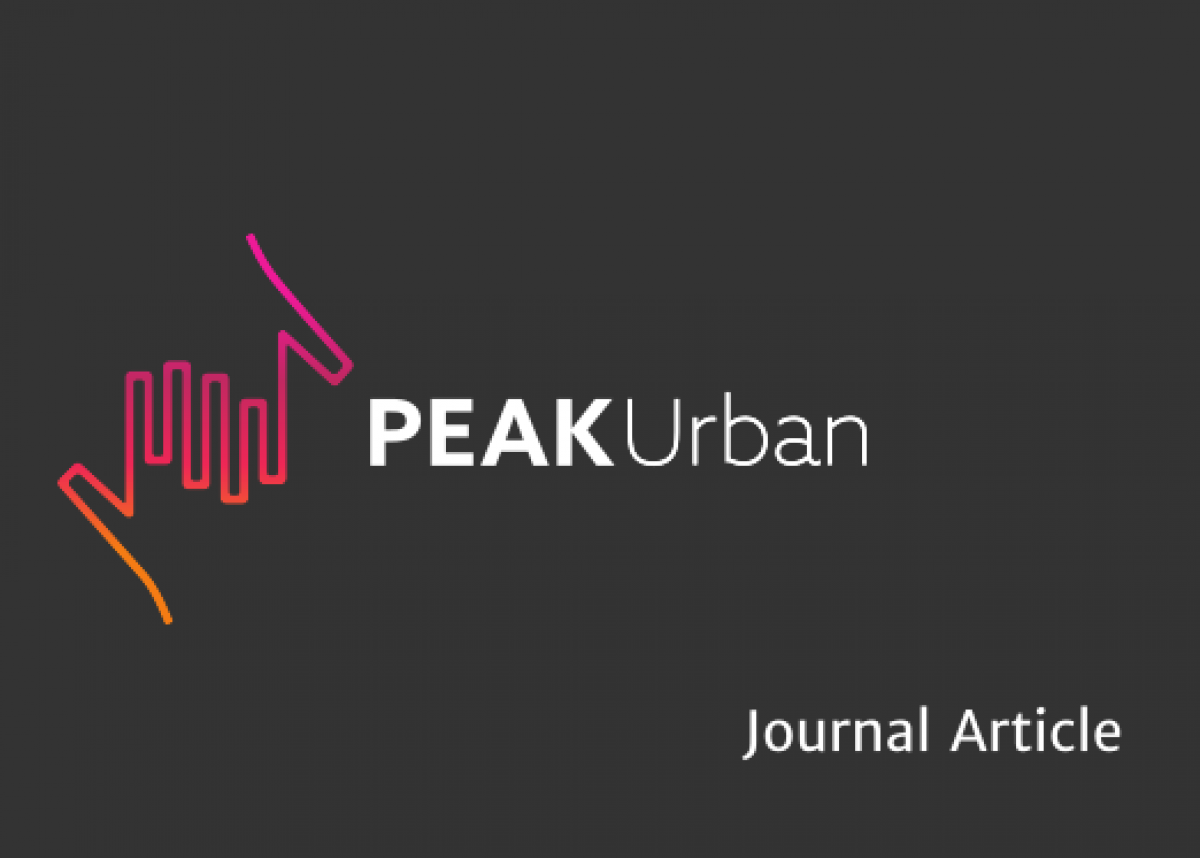
THE CHALLENGE
Cellular Automata simulation have been widely applied to understand urban transformation. Among them, SLEUTH is one of the most popular and powerful models. Since its invention in the late 1990s, the SLEUTH model has evolved to adapt to a variety of urban environments. There is also criticism on the application of the models, for example, the forecasting of urban development remains problematic. Other common critiques including lack of information on urban density and no consideration of urban center redevelopment.
How has the SLEUTH model been applied to different research fields and been used as a tool to inform urban and regional planning strategies? What are some tangible directions for future application of the model?
OUR APPROACH
We are conducting a literature review of papers published in the last 30 years looking at: (1) A general review of existing body of literature; (2) Techniques, calibrations, and scenarios applications; (3) Identify significant gaps in existing knowledge; and (4) Outline areas for future study and link to existing knowledge.
We are combining the results of the review with case studies including: Urban growth simulation of Bangalore, India; The application of deep learning in urban simulation – Medellin, Colombia; China’s Jingjinji regional urban development. We will discuss policy implications based on research objectives and areas of interests, such as (a) urban sprawl, emergent urban form, and growth management; (b) zoning and land use regulations; (c) urban migration policies; (d) watershed management and the changing hydrological processes; (e) climate change and disaster preventions; (f) landscape coverage change and ecological sustainability of urban environment; (g) methodological enhancement; and (h) comparative analysis of urban dynamics.
People







